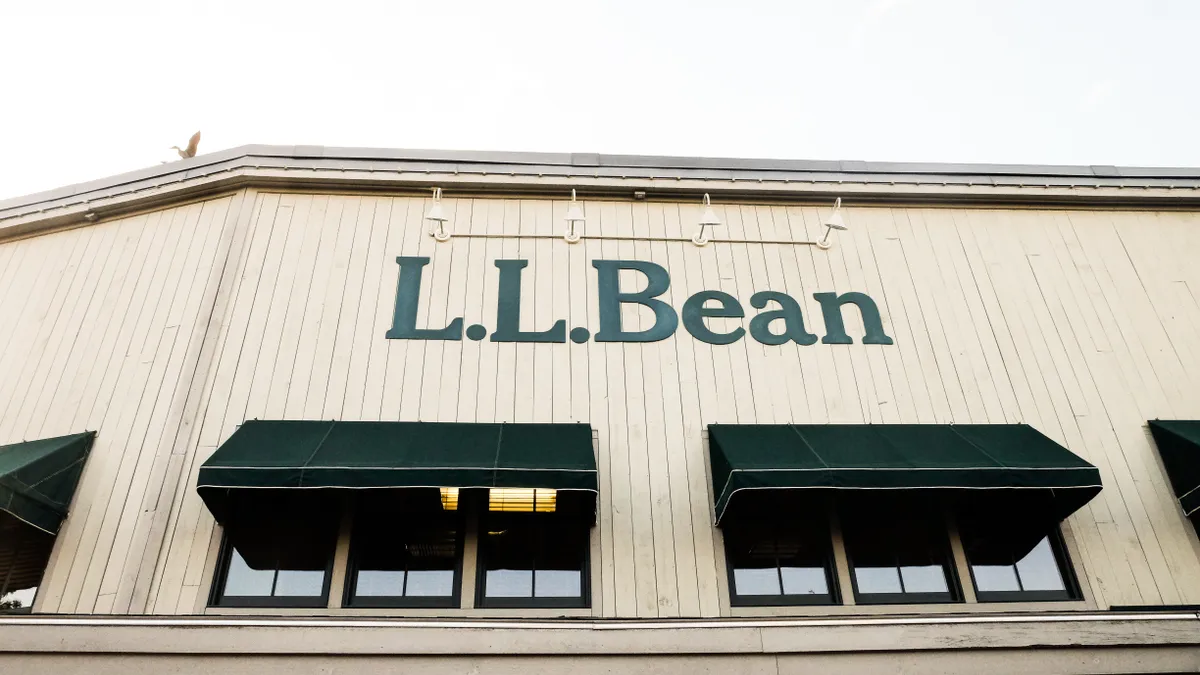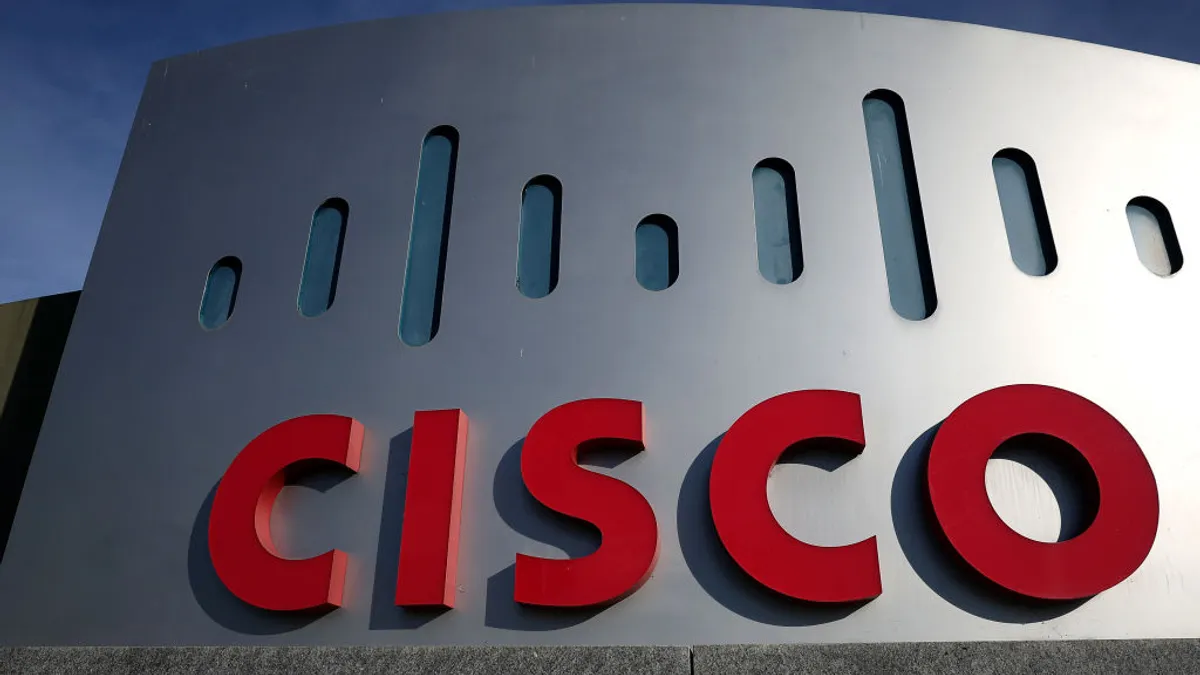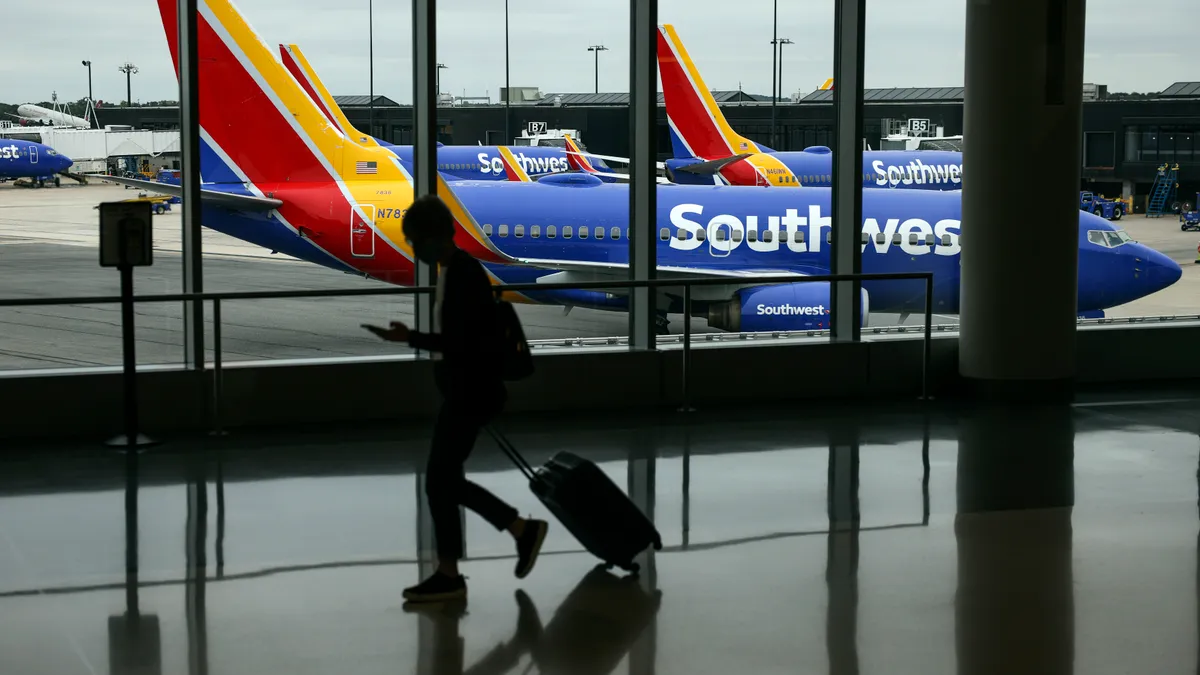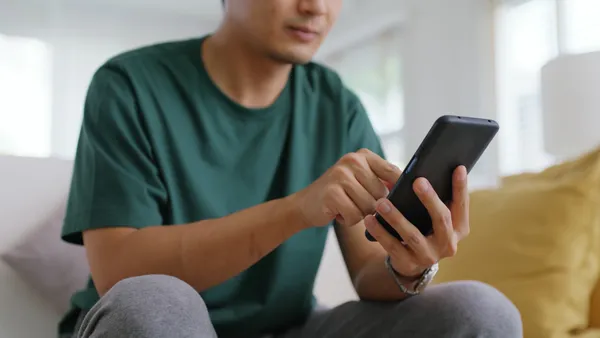Dive Brief:
- L.L. Bean will cut its call center hours beginning July 15 in response to customers’ increasing use of digital self-service options, the retailer announced internally last week. Live agents will be available from 8 a.m. to 8 p.m., down from 7 a.m. to 11 p.m.
- Over 90% of inbound customer calls come during the 8 a.m. to 8 p.m. window, and nearly 90% of direct channel orders are placed through llbean.com rather than with live agents, L.L. Bean told CX Dive in an emailed statement.
- The retailer’s call center employs just over 500 people and a “large majority” will not be impacted by the change, though there will be some layoffs, an L.L. Bean spokesperson confirmed. The company has not determined the size of the staff reduction, though it stated it will offer affected workers severance, outpatient service and retirement benefits for those eligible.
Dive Insight:
L.L. Bean is reducing call center hours in response to pandemic-driven changes in customer behavior. The company noted in its statement that its customers “shop differently today than in the past and we must adapt.”
“These changes are not a reaction to current business conditions or part of a larger workforce reduction, but rather a strategic response to long-term customer trends,” L.L. Bean said in a statement.
Self-service became ubiquitous during the pandemic as customers spent months only interacting with businesses via apps and websites, according to Mario Matulich, president and managing director of Customer Management Practice.
“The customer became more savvy, more educated and had more choices,” Matulich said.
The change also has affected how different generations interact with customer service, according to Matulich. Older customers generally preferred speaking with live agents, but they are now more likely to opt into digital experiences. As more people began using self-service channels, fewer people were calling into the call center.
Companies can reduce call center hours in favor of directing customers to self-service channels with little negative impact under the right circumstances, according to Brian Weber, director analyst and KI leader at Gartner.
Companies can start by tracking calls that come in after hours, Weber said. They can then check the Customer Effort Scores of customers who call back the next day to see if they feel less satisfied with the process. If there isn’t an impact, it may be safe to adjust scheduling.
However, the bigger concern is the lack of a fallback when self-service fails, according to Weber. Customers who are unable to make an additional purchase or change account information are more likely to give up altogether if they can’t immediately call to fix the issue.
“As a result, organizations may miss opportunities to deepen customer engagement and drive loyalty,” Weber told CX Dive in an email.












